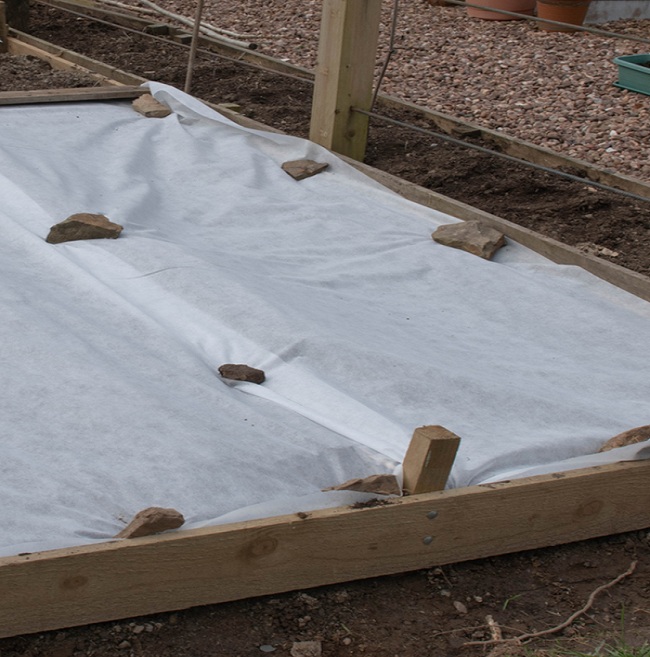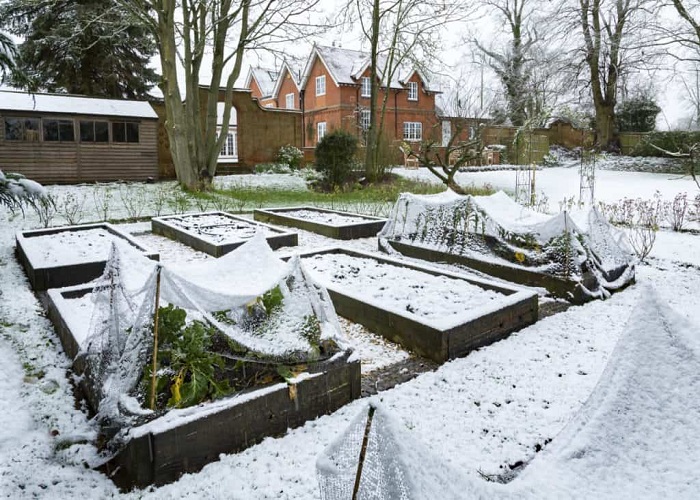It’s time to start getting your raised beds ready for a lengthy stretch of cold and terrible weather because winter is coming quickly. Changes in temperature and humidity can quickly deplete the fertility of the soil in your raised bed.
Even though raised beds are excellent and relatively low-maintenance, they nevertheless require care on occasion. Especially with regards to yearly soil recharge and protection within their walls.
With that in mind, here’s how to prepare your raised beds this fall and set yourself up for tremendous success next year!
Get Rid of Dying Plants
Fall raised bed maintenance begins with weeding off old vegetation. In reality, it’s preferable to quickly remove spent vegetables, annual flowers, and herbs.
When plants in raised beds rot, they cause a number of problems for the ground underneath. Pests and diseases can quickly set up home in the rotting wood and vegetation. Those dead or dying plants are a drain on your soil’s resources.
Additionally, as the seeds of flowers and vegetables dry out, they fall to the ground. What is the outcome? There are likely hundreds of seedlings, if not thousands, that will germinate on their own next year. What a terrible weeding situation!
You should pull up plants by their roots as soon as they start to die. Also, remove any fruit or seed heads that may have fallen to the ground. Leaves and roots from nearly any plant are ideal for the compost pile in the fall.
You should trim back any perennials you have growing in raised beds right now. Pests can find shelter behind the ever-present foliage, just as they do on annuals. You can safeguard your perennials by adding a layer of mulch a few inches deep around them.
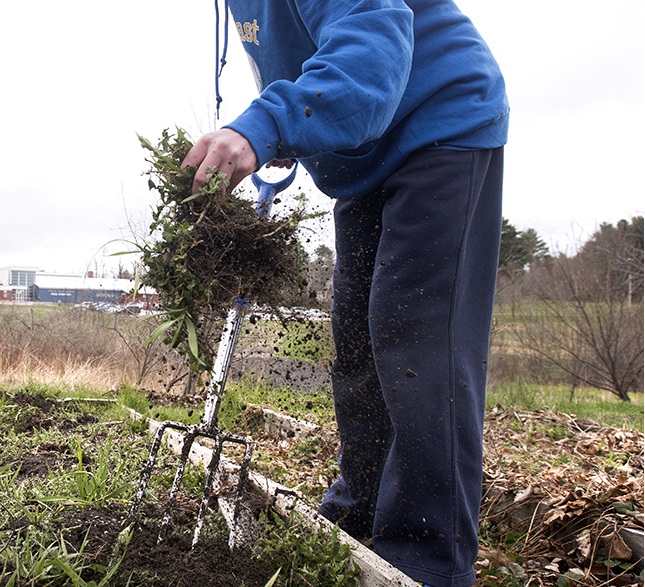
Recharging Your Soil
Now that you’ve removed your plants from the garden, you can start recharging the soil.
Fortunately, fall is the ideal season to complete the task. You can recharge your soil using a variety of methods separately or all at once.
- Compost
A compost mulch on top of your soil is a great method to give it a boost. In terms of nutrients, compost is absolutely brimming. You may easily revitalize your soil by adding a few inches of compost to your raised beds in the fall.
Simply spread the compost over the surface of the soil; no digging is required. Nutrients in the compost will slowly seep into the soil as it decomposes during the winter. However, as you shall see in a moment, once the compost layer is in place, it must be covered.
- Aged/ Composted/ Fresh Manure
Manure from various animals, including chickens, rabbits, horses, goats, and cows, is nutrient-dense. Plus, those nutrients are ideal for replenishing the nutrient levels in your raised beds during the fall.
One of the greatest options is aged or composted manure. These can be purchased in sacks and do not smell like rotting manure. Just a few of inches of manure strewn across the top of the beds will do the trick.
If you don’t plan on overwintering any plants, you can add more “fresh” manure to the beds in the fall. It will have plenty of time to break down throughout the winter, so there is no need to worry about it burning plants in the spring.
Manure, like compost, needs to be covered over the long winter months to prevent erosion and nutrient loss.
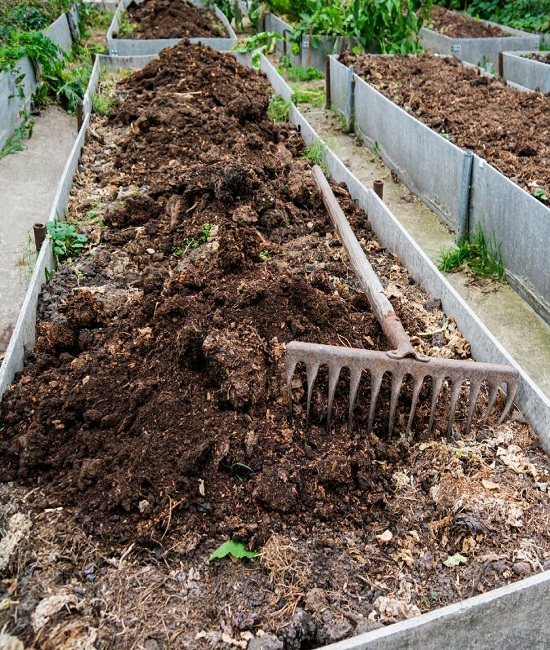
Planting a Cover Crop
Using cover crops is a great method to revitalize and shield a traditional garden. However, they are also useful for covering and powering raised beds.
A cover crop’s roots penetrate deeply to loosen up compacted soil and create air passages. The foliage on top protects the soil from erosion, weeds, and weed seeds all winter. Then, in the spring, you can easily remove the dead vegetation by mowing it down (string trimmers are ideal for raised beds) and incorporating it into the soil for a renewed supply of nutrients.
Annual rye is one type of cover crop that can be mowed down until it dies and then planted over. Simply sow in the fall, let it grow, then prune and plant. You can’t get any simpler than that!
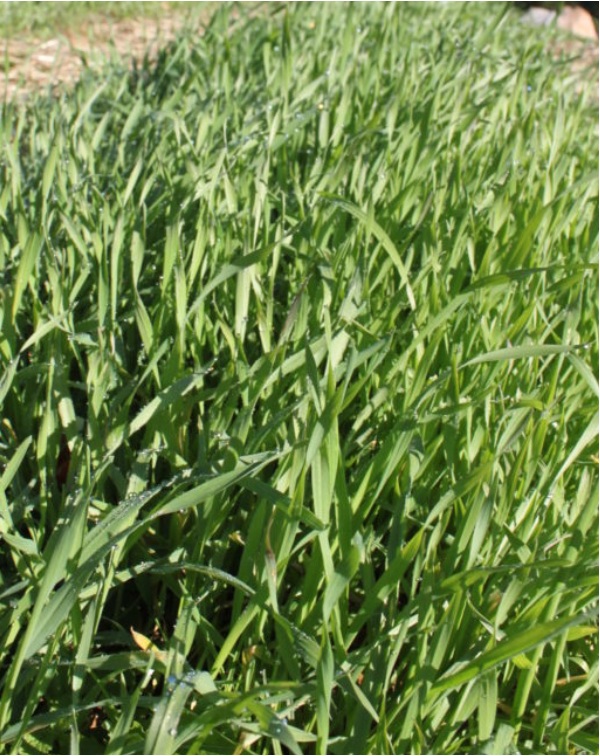
Covering Your Soil
Obviously, if you plant a cover crop in your raised bed, your soil will be shielded from the erosion and severity of the winter months. Even if you are using compost or aged manure as a fertilizer in your beds, it is still a good idea to cover them.
Leaves are an excellent ground cover. Leaves are not only nutrient-rich, but they also serve as a sturdy winter bed cover.
Using whole leaves is ideal because they mat down and provide the best protection from wind, snow, and ice for the soil underneath. The leaves can be raked up in the spring, shredded, and then worked into the soil to give it a boost.
Grass clippings and straw are other great options for bed coverings. As they decompose, they enrich the soil with organic stuff, just like leaves do. Compared to straw, grass clippings are easier to work into the soil and contribute more nutrients.
If all else fails, you can use a tarp or plastic sheet to cover your beds. As a bare minimum, it will stop erosion and stop weeds from germinating.
